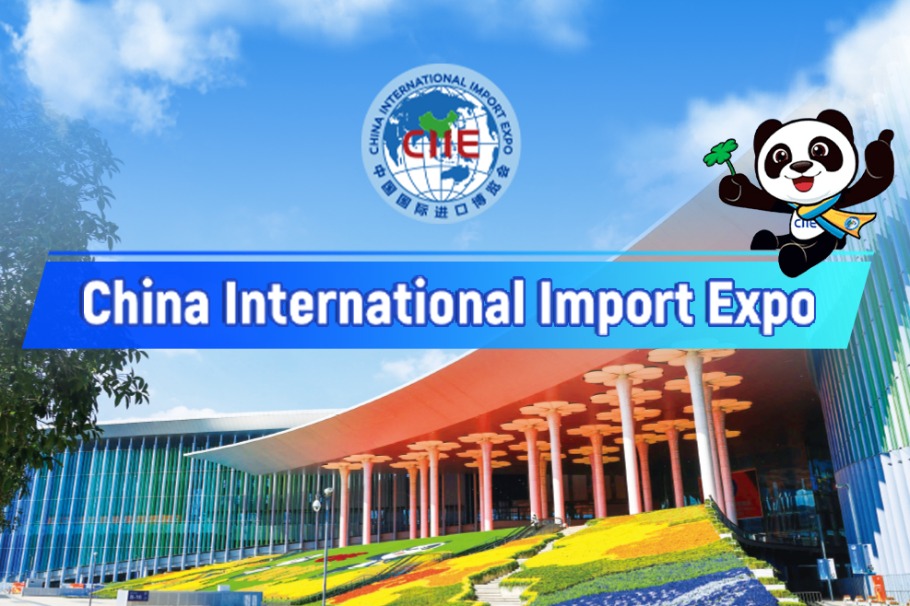Total factor productivity to improve


China is expected to improve its total factor productivity (TFP) — a main gauge of productive efficiency — as the country advances Chinese-style modernization and nurtures new drivers of high-quality development, experts told a seminar in Beijing on Monday.
Measures adding to such growth impetus include increasing investment in science and technology, improving resource allocation and rising quality of education, they said.
Liu Qiao, dean of the Guanghua School of Management of Peking University, which organized the seminar, said although most countries experienced a drop in TFP after they become industrialized economies, China might be able to take a different development path.
Such a path might feature higher TFP, if the country could leverage its advantages and strengths to realize the re-industrialization process. At the same time, as part of its pursuit of Chinese modernization, the country could nurture new growth engines by deepening reforms and expanding low-carbon development.
"China's path toward Chinese-style modernization features high-quality development, which must be driven by the (relatively high) TFP," Liu said, adding if China realizes its goal of achieving modernization by 2035 as scheduled, the country's TFP by then will be around 2.5 percent to 3 percent, or at least 0.5 percentage point higher than the current level.
According to the scholar, many factors underpin China's economic growth resilience and strengths, which include the ongoing industrial digitalization and digital upgrades, China's enormous manufacturing output scale, and its continuous improvement in resource allocation due to the deepening reform and high-level opening-up.
He suggested the country intensify investments in industries and sectors that hold key positions in boosting high-quality development. Green development and digital economy may be relevant in this context. The government should invest more in sectors that have low private returns but high social returns, such as education and basic scientific and technological research.
He also said China has relatively large fiscal policy room to increase government debt, which he believes offers an important alternative to offset major impacts on economic growth.
According to Chen Yuyu, an economics professor at the school, it is critical for China to raise TFP in pursuit of high-quality development, especially considering that the country has experienced a decline in the gauge in recent years due to various challenges, including geopolitical issues that harmed the country's technological exchanges with advanced economies.
TFP is associated with technological discoveries and resource allocation efficiency. To raise TFP, the country should enhance the socialist market economy system while advancing modernization. It should also encourage spillovers of knowledge and diffusion of technologies from developed areas like the Yangtze River Delta region to the inner regions, Chen said.
Chen said Chinese policymakers are expected to push for continuous improvement in China's science and technology development system to encourage research and development activity by enterprises, especially technological innovations and discoveries by private enterprises.




































